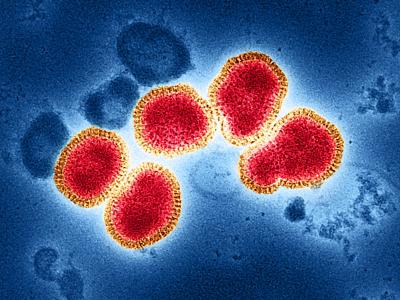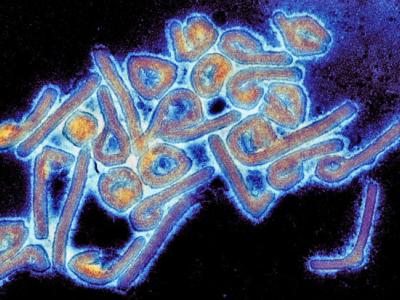An analysis of US hospitalizations linked to the multidrug-resistant fungal pathogen Candida auris found an estimated mortality rate of about one-third, researchers with the Centers for Disease Control and Prevention (CDC) reported yesterday in Emerging Infectious Diseases.
Using a large US hospital database, the CDC researchers reviewed 192 C auris–associated hospitalizations at 42 hospitals from 2017 through 2022, including 38 C auris bloodstream infections (20%). The hospitalizations occurred primarily among older adults (median age, 68 years) who were mostly male (54%) and non-Hispanic White patients (60%).
Underlying complications for patients with bloodstream and non-bloodstream C auris included sepsis (64%), diabetes (55%), chronic kidney disease (44%), and pneumonia (43%). Median hospitalization length was 13 days, and most hospitalizations (75.5%) involved an intensive care unit stay.
The in-hospital mortality rate was 21%, and discharge locations included hospice (13%), skilled nursing facility (28%), and long-term acute care (15%). The overall estimated crude mortality rate was 34% (47% for bloodstream infections and 31% for non-bloodstream infections).
These findings underscore the continued need for public health surveillance and C auris containment efforts.
The study authors say the findings support previous smaller studies showing that C auris infections occur most commonly in patients with complex medical conditions.
"These findings underscore the continued need for public health surveillance and C auris containment efforts," they wrote.
Recently published surveillance data from the CDC show that clinical C auris cases in the United States rose by 59% in 2020 and 95% and 2021, a spike that CDC officials say is partly linked to COVID-19 pandemic-related strains on the healthcare system.














